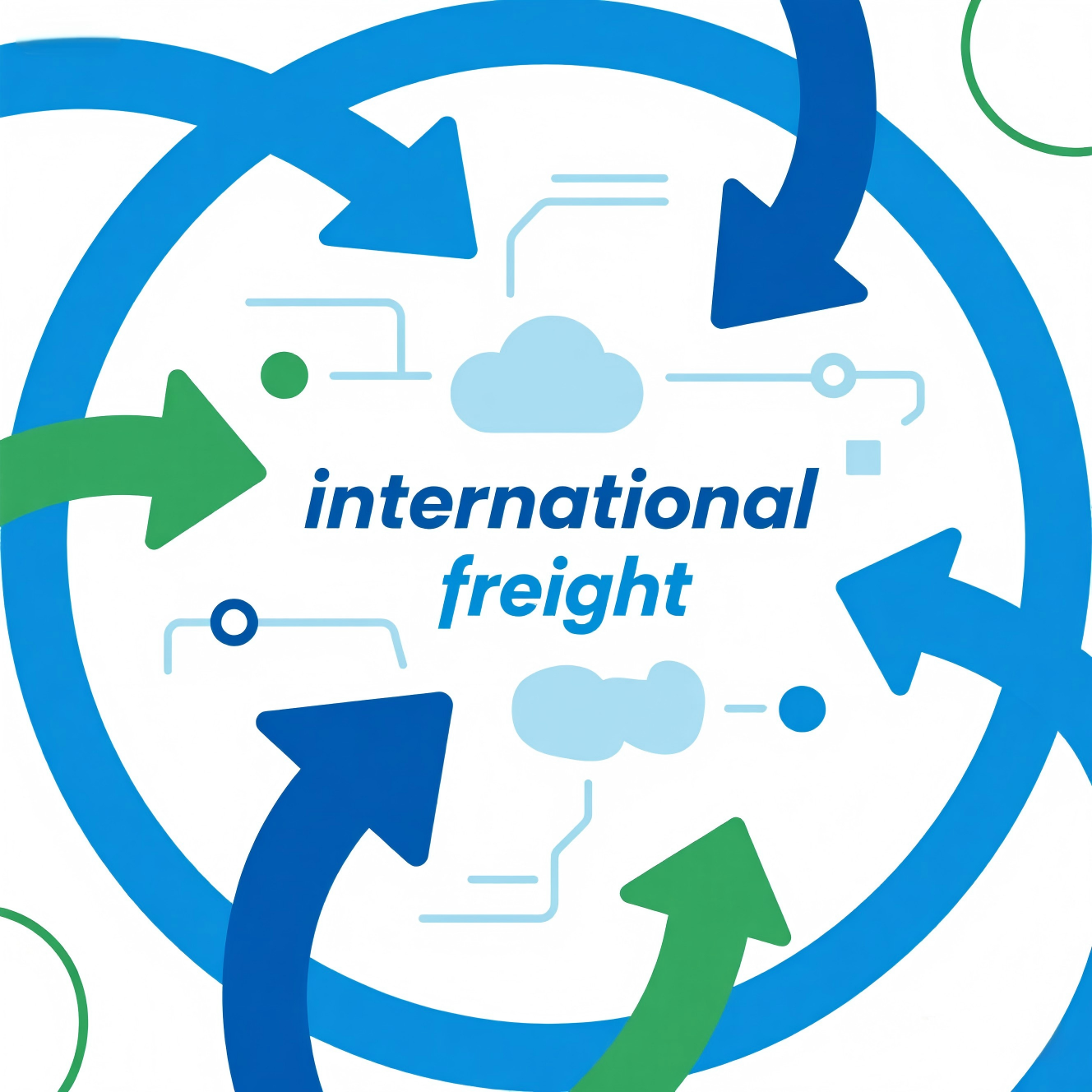Understanding Global Shipping Economics in 2025
The landscape of international freight has undergone significant transformation as we move through 2025. With global trade volumes reaching unprecedented levels, businesses must navigate an increasingly complex web of shipping costs, regulations, and market dynamics. This comprehensive guide explores current rate structures, emerging trends, and strategic approaches to managing your shipping expenses effectively.
Today's international freight marketplace reflects a delicate balance between technological advancement and traditional shipping methodologies. As global supply chains continue to evolve, understanding the nuanced factors that influence shipping costs becomes crucial for businesses of all sizes. From small e-commerce ventures to multinational corporations, mastering the intricacies of freight rates can significantly impact your bottom line.
Key Components of International Freight Costs
Base Shipping Rates and Variables
The foundation of international freight pricing begins with base rates, which vary significantly depending on your chosen transportation method. Ocean freight typically offers the most economical option for bulk shipments, while air freight commands premium rates for time-sensitive deliveries. These base rates fluctuate based on factors such as fuel costs, vessel capacity, and seasonal demand variations.
Distance, volume, and weight play crucial roles in determining your shipping costs. The dimensional weight calculation method continues to be industry standard, though 2025 has seen refinements in measurement technologies that provide more accurate pricing. Modern carriers now employ sophisticated algorithms that factor in route optimization and consolidation opportunities to offer competitive rates.
Additional Fees and Surcharges
Beyond base rates, various surcharges significantly impact the total cost of international freight services. These include fuel surcharges, peak season adjustments, and special handling fees. Security surcharges have become increasingly relevant in 2025, reflecting heightened global security measures and compliance requirements.
Documentation fees, customs clearance charges, and insurance premiums constitute another layer of expenses. While these costs might seem ancillary, they often account for a substantial portion of the total shipping budget. Understanding and anticipating these charges allows for more accurate cost forecasting and better negotiation positions with carriers.
Technology's Impact on Freight Pricing
Digital Platforms and Rate Transparency
The digital revolution in international freight continues to reshape pricing structures. Online booking platforms and digital marketplaces have introduced unprecedented transparency to the shipping industry. Real-time rate comparison tools enable shippers to make informed decisions quickly, while blockchain technology ensures pricing integrity and contract compliance.
Artificial intelligence and machine learning algorithms now power dynamic pricing models, offering personalized rates based on historical shipping patterns and current market conditions. These technological advances have democratized access to competitive shipping rates, particularly benefiting smaller businesses that previously struggled to secure favorable terms.
Automated Rate Management Systems
Modern rate management systems have revolutionized how businesses handle their international freight operations. These platforms automatically track rate changes, analyze cost trends, and identify optimal shipping solutions. Integration with enterprise resource planning systems allows for seamless booking processes and improved cost control measures.
Predictive analytics capabilities enable businesses to anticipate rate fluctuations and plan accordingly. The ability to forecast shipping costs with greater accuracy helps companies optimize their logistics budgets and maintain competitive pricing for their products in global markets.
Sustainability and Green Shipping Costs
Environmental Compliance Expenses
Environmental regulations continue to shape international freight costs in 2025. The implementation of stricter emissions controls and sustainable shipping practices has introduced new cost considerations. Carbon pricing mechanisms and environmental surcharges are now standard components of shipping rates, reflecting the industry's commitment to reducing its environmental impact.
Investment in green technologies, such as alternative fuels and energy-efficient vessels, has led to adjustments in carrier operating costs. While these investments initially contributed to higher rates, the long-term benefits of sustainable shipping practices are beginning to yield cost efficiencies for environmentally conscious shippers.
Green Shipping Incentives
Governments and international organizations have introduced various incentives to promote sustainable shipping practices. These include tax benefits, reduced port fees, and preferential treatment for carriers and shippers who demonstrate strong environmental performance. Understanding and leveraging these incentives can help offset the initial costs of adopting green shipping solutions.
The market increasingly rewards companies that prioritize sustainable shipping options, as consumers and business partners show preference for environmentally responsible supply chains. This shift in market dynamics has created new opportunities for cost optimization through green shipping initiatives.
Strategic Cost Management Tips
Volume Consolidation Strategies
Effective consolidation remains a cornerstone of cost-efficient international freight management. By combining smaller shipments into larger ones, businesses can access better rates and reduce per-unit shipping costs. Advanced planning and coordination with suppliers and carriers enable optimal load utilization and improved cost efficiency.
Strategic partnerships with freight forwarders and consolidation specialists can provide access to established networks and preferential rates. These relationships become particularly valuable during peak shipping seasons when capacity constraints might otherwise lead to premium pricing.
Contract Negotiation Techniques
Successful rate negotiation requires a thorough understanding of market conditions and carrier capabilities. Long-term contracts with guaranteed volume commitments often secure more favorable rates, while maintaining flexibility for spot market opportunities. Regular review and renegotiation of contracts ensure that terms remain competitive as market conditions evolve.
Building strong relationships with multiple carriers provides leverage in negotiations and ensures service continuity. Data-driven approaches to contract discussions, supported by detailed analysis of shipping patterns and cost structures, strengthen your position at the negotiating table.
Frequently Asked Questions
How do fuel prices affect international freight rates?
Fuel prices directly impact shipping costs through bunker fuel surcharges for ocean freight and jet fuel surcharges for air freight. These adjustments are typically calculated as a percentage of the base rate and can fluctuate monthly or quarterly based on global fuel price trends.
What factors influence peak season pricing?
Peak season rates are affected by increased demand during specific periods, such as holiday shopping seasons or agricultural harvest times. Capacity constraints, weather conditions, and regional economic activities also contribute to seasonal rate variations. Planning shipments during off-peak periods can result in significant cost savings.
How can businesses optimize their freight insurance costs?
Optimizing freight insurance involves carefully assessing cargo value, choosing appropriate coverage levels, and maintaining good claims history. Working with multiple insurance providers, implementing proper packaging standards, and selecting secure routing options can help reduce premium costs while maintaining adequate protection.


